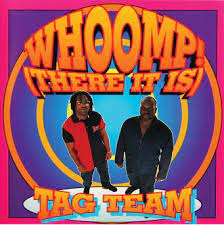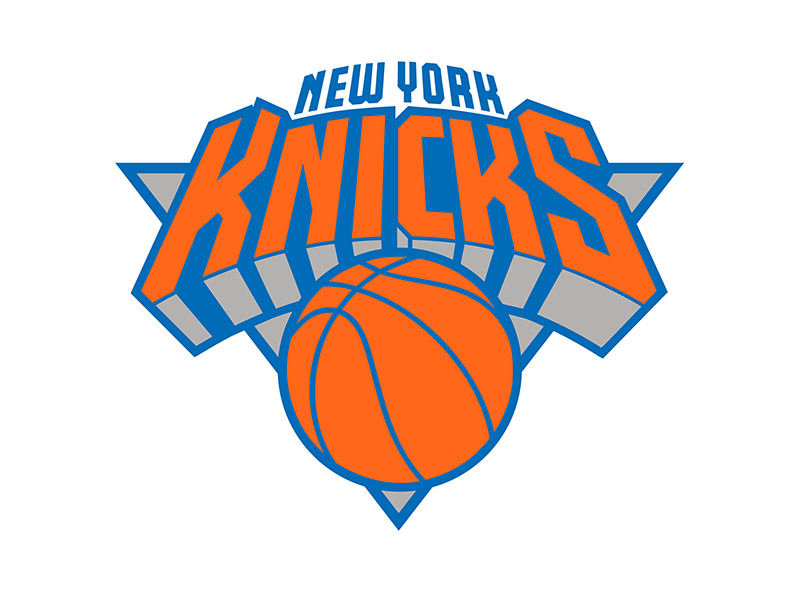LAS VEGAS — Unless an unassuming dribbler politely places the basketball into a defender’s hands, the New York Knicks do not want your turnovers. They say “no thank you” to steals and want no part of pick-sixes. Instead, they prefer that you miss a shot so they can return judiciously up the court with the ball in hand.
At least during this last regular season, the defense was consistent in its morals: Whether it was forcing stop after stop or allowing make after make, it did not gun for takeaways. Steals that occur inorganically are not the Knicks’ thing, nor have they ever been under this coaching staff. Defenders don’t jolt into passing lanes, hoping for an interception but leaving a path to the hoop open as a result. The Knicks at their best are Darrelle Revis, not Antonio Cromartie.
Tom Thibodeau’s defenses notoriously stay solid — dating back to his initial days as a head coach, a time so long ago that it was New York’s actual era of Revis and Cromartie. Thibodeau’s teams are disciplined. They aim to cut off as many avenues to the basket as they can. The Knicks defense was 25th in the NBA in turnover rate this past season, and the low number was by design.
New York doesn’t gamble as some other teams do. It hasn’t risen above the league’s bottom 10 in turnover rate since Thibodeau took over. But it’s not like that’s the only way his teams are willing to play. For example, Thibodeau’s Minnesota Timberwolves squads of yesteryear took far more chances. And it’s possible the Knicks’ freshest addition, Donte DiVincenzo, can provide a new element.
New York officially signed DiVincenzo to a four-year, $47 million contract over the weekend. And the former Golden State Warriors guard will add more than extra ballhandling and shooting. He’s also a pest in passing lanes.
Hyperbole aside, the Knicks aren’t principally against forcing turnovers. They talk often about wanting to get out on the run. Of course, the best way to do that is by snagging the basketball from their opponents. They leaned into takeaways during their first-round playoff series against the Cleveland Cavaliers this past spring. It was one of the major reasons they ousted the Cavs in only five games.
This season’s team could be even better equipped to disrupt.
It will have a full season of Josh Hart, possibly the group’s best deflector, instead of just a couple of months of him, as it did last season, considering Hart arrived at the trade deadline.
And it will have DiVincenzo, who swarms dribblers, cuts off passing lanes and knows when to get handsy. He’s become crafty stripping penetrators (he loves a swift, downward swipe) as they go up for layups. He can pull off plays like the one below regularly, whether he’s darting from the weak side or, like on this one, drifting from the strong side onto the driver while still keeping an eye on his man and understanding when to recover back onto him.
DiVincenzo averaged 3.4 deflections per 36 minutes with the Golden State Warriors this past season, 11th among qualifying players in the NBA and far more than any Knicks player posted. Place him on the weak side, and he can disrupt.
Assuming he comes off the bench and Quentin Grimes continues to start at shooting guard, that trait would work particularly well with the Knicks’ second unit, which could blaze.
Immanuel Quickley pushes pace at the point. And he’ll have ballhandlers around him: DiVincenzo, Hart, Isaiah Hartenstein and possibly RJ Barrett, who Thibodeau likes to mix in with the reserves. It provides the Knicks with a little more stylistic variety.
DiVincenzo’s effect on the defense is just one topic of the week. Here are a couple more thoughts on the Knicks’ offseason: Donte’s dazzling deal
We should have known DiVincenzo’s four-year deal with the Knicks would be offbeat. But this time, contract creativity could have negative repercussions for New York.
DiVincenzo’s agent, Jason Glushon, is known around the industry to add fun quirks to his contracts — purely because … why not? A few years back, he negotiated and wrote the cheapest bonus in league history into Spencer Dinwiddie’s contract: $1 if Dinwiddie’s team wins the title. He put together the Jericho Sims contract, too, which is loaded with far more dates that trigger guaranteed money throughout the year than your average deal has.
The DiVincenzo contract, meanwhile, is a doozy.
He is guaranteed $47 million over four years but also will receive $750,000 a season in unlikely bonuses (“unlikely” is a technical term, meaning he did not accomplish them in the previous season). It’s a fair contract for a player of DiVincenzo’s caliber. But it’s also a confusing one from the Knicks’ perspective.
First, let’s dive into the unlikely incentives, which are nothing short of glorious.
According to a league source who knows the contract details, the deal includes unlikelies for reaching the NBA Finals as well as ones for (take a deep breath if you are reading out loud and also grab some water in case you get lightheaded) winning MVP, defensive player of the year, sixth man of the year, most improved player, first team All-NBA, second team All-NBA, third team All-NBA, first team all-defense, second team all-defense and making the All-Star Game.
The technical term for these incentives may be “unlikely,” but the colloquial one is “not gonna happen.” The two sides should have placed an NBA Rookie of the Year bonus in there just for fun. But as spectacular and seemingly harmless as these bonuses are for DiVincenzo, considering he won’t garner an MVP any time soon, there should be questions about why the Knicks allowed these into the deal, especially with the way the new collective bargaining agreement works.
Unlikely incentives that teams throw into deals just for kicks, the ones that are Krispy Kreme for contract nerds such as anyone who is still somehow reading this, should become a thing of the past for teams in the Knicks’ financial position. Because New York gave DiVincenzo more than $5 million of the midlevel exception, it hard-capped itself at $172.3 million. In other words: the Knicks’ payroll, under no circumstances and at no time, can go over that number.
As The Athletic addressed last week, ever since Leon Rose took over as team president in 2020, this team has done whatever it could to establish flexibility not to sign a star but to trade for one. The Knicks have loaded up with first-round picks and tradeable, middle-class contracts. But now they are even closer to the hard cap than it appears at first glance.
They are pushing up against the luxury tax threshold, which is $165.3 million, $7 million short of the hard cap. And teams don’t get taxed on their unlikely incentives (unless a player earns them), but there is a twist: Whether DiVincenzo wins MVP or not, his $750,000 a year in unlikely bonuses still count against the hard cap. And that’s where we get into the Knicks eating into their flexibility.
Evan Fournier and Barrett already have $4.4 million combined in unlikely incentives in their deals. DiVincenzo’s now brings the team total to $5.2 million.
It means the Knicks could be pushing up against the luxury tax threshold (which, again, is $7 million short of the hard cap) but would be only $2 million short of the hard cap.
So, what happens if things go south in, say, Philadelphia midway through the season, and Joel Embiid says he wants out? The Knicks could have to include someone extra just to make the money work — and it could be because they agreed to include a series of delightful (but possibly hampering) bonuses for DiVincenzo. The Toppin picks
The Knicks received two second-round picks from the Indiana Pacers in the Obi Toppin trade. Chances are, neither selection will be in the 30s, either.
The Pacers will send New York the least favorable of their second-rounder or the Phoenix Suns’ second-rounder in 2028 as well as the least favorable of their second-rounder or the Washington Wizards’ second-rounder in 2029.
To get an idea of where these selections could end up, let’s use the same logic front offices do to determine the value of a draft pick.
NBA teams use modeling to project where picks could end up. And there is one theme to the process: it’s nearly impossible to predict how good a team will be five or six years into the future. Plug in any team’s 2029 second-round pick, and the formula will churn out a selection around No. 45, smack in the middle of the round — exactly average.
But the Knicks have the least favorable of two teams’ picks, which means models would project that pick a little lower than exactly average: somewhere in the range of No. 48 or maybe trickling into the 50s, depending on which team’s formula we use.
It’s not much for Toppin, who the Knicks drafted No. 8 only three years ago, but such is the going rate for former lottery picks who teams are looking to trade. The Pacers just dealt the 26-year-old Chris Duarte, who they chose No. 13 only two years ago, for a couple of far-out second-rounders, as well.

